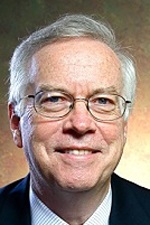CC15 Workshop 08 - Working with Mixed Agenda Couples in Discernment Counseling - William Doherty, PhD
- Average Rating:
- Not yet rated
- Topic Areas:
- Couples Therapy | Workshops | Therapist Development
- Categories:
- Couples Conference | Couples Conference 2015 | Pioneers in Couples and Family Therapy
- Faculty:
- William Doherty, PhD
- Duration:
- 1:42:09
- Format:
- Audio Only
- Original Program Date:
- Apr 25, 2015
- License:
- Never Expires.
Description
Description: How to work with partners who are leaning in difference directions about staying together and trying therapy. Learn core techniques and see a video demonstration of how to work confidently with these challenging couples. You will learn the key pathways offered couples in Discernment Counseling.
Educational Objectives:
- Explain strategies for working differently with leaning-in and leaning-out partners.
- Describe the key pathways offered couples in Discernment Counseling.
*Sessions may be edited for content and to preserve confidentiality*
Credits
Handouts
| Timestamped Transcript (1.2 MB) | 30 Pages | Available after Purchase |
| Ericksonian Learning Snapshot (278.3 KB) | 2 Pages | Available after Purchase |
Faculty

William Doherty, PhD Related Seminars and Products
William J. Doherty is an educator, researcher, therapist, speaker, author, consultant, and community organizer. He is Professor and Director of the Marriage and Family Therapy Program in the Department of Family Social Science, College of Education and Human Development, at the University of Minnesota, where he is also an adjunct Professor in the Department of Family Medicine and Community Health.


